Tacx launches new Neo Bike Plus smart bike
Are subtle upgrades enough to convince you to make the ultimate indoor riding upgrade?
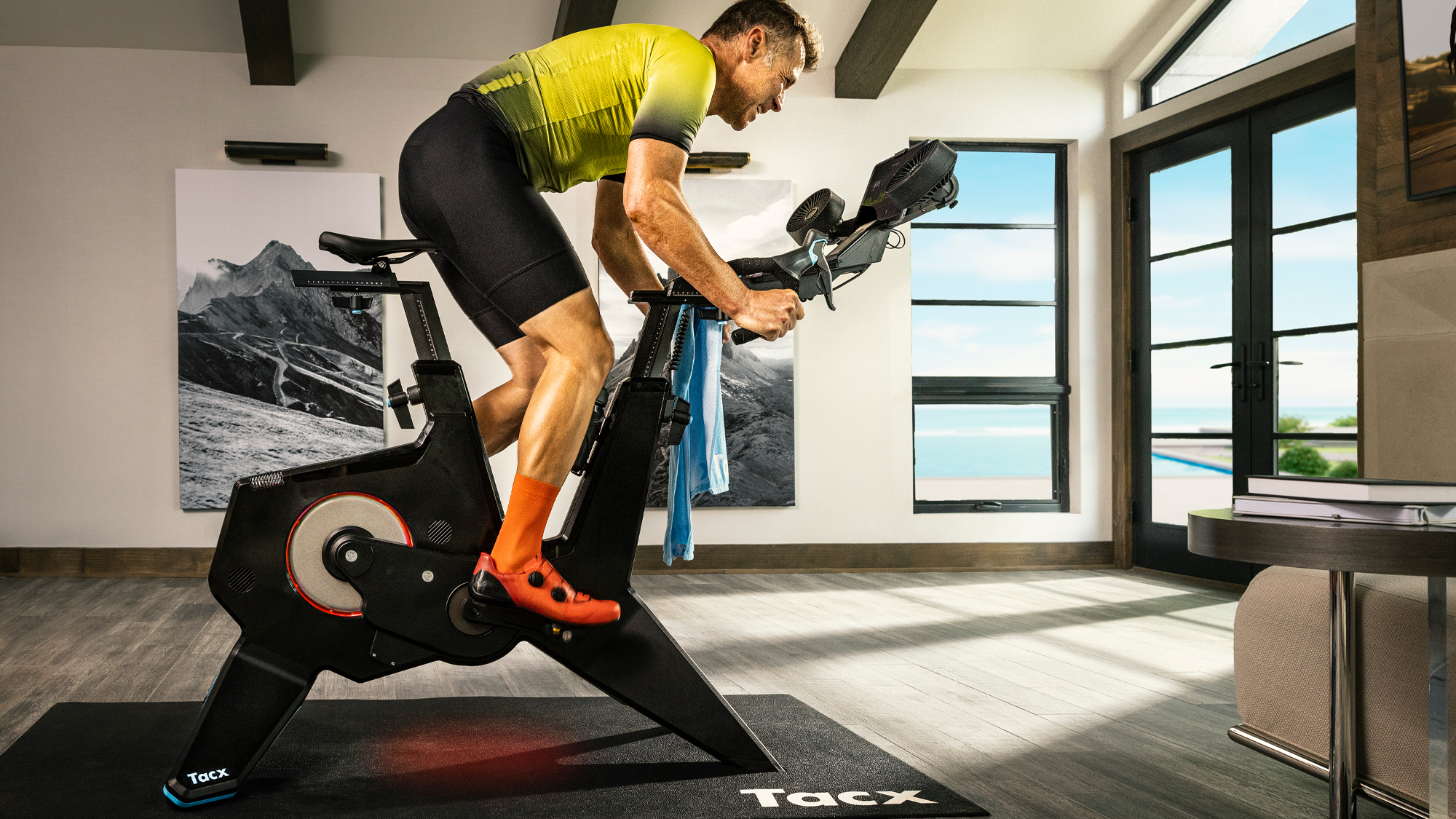
Today, Garmin-Tacx brings an updated smart bike - the Tacx Neo Bike Plus - to market, in a move which marks not only an update from a single company but also an acknowledgement of the ever-growing role of indoor training in the larger ecosystem.
Years ago, you'd have taken an old bike and put it on a turbo trainer, or maybe rollers, and spent your time staring at a timer managing intervals or watching reruns of Paris-Roubaix on a DVD you found at the back of the video store. These days, the old bike on a turbo-trainer often still encapsulates the experience of riding indoors but now the turbo-trainer is smart and you ride in an immersive virtual world. There are even other people in the world to ride with. It's changed the whole ecosystem of cycling but it continues to grow and change every year.
The natural next step is to stop using an old bike and, instead, optimise your indoor bike for indoor riding. Broadly, this is referred to as an exercise bike but that actually covers a few different types of products. You can get more details and options in our list of the best exercise bikes but among the offerings is a small list of options that offer to take your outdoor riding inside.
These are better known as 'smart bikes', and they replicate the experience of riding a bike outdoors but optimise the hardware for the rigours of indoor riding. It’s a small category and the new Tacx Neo Bike Plus is the latest option.
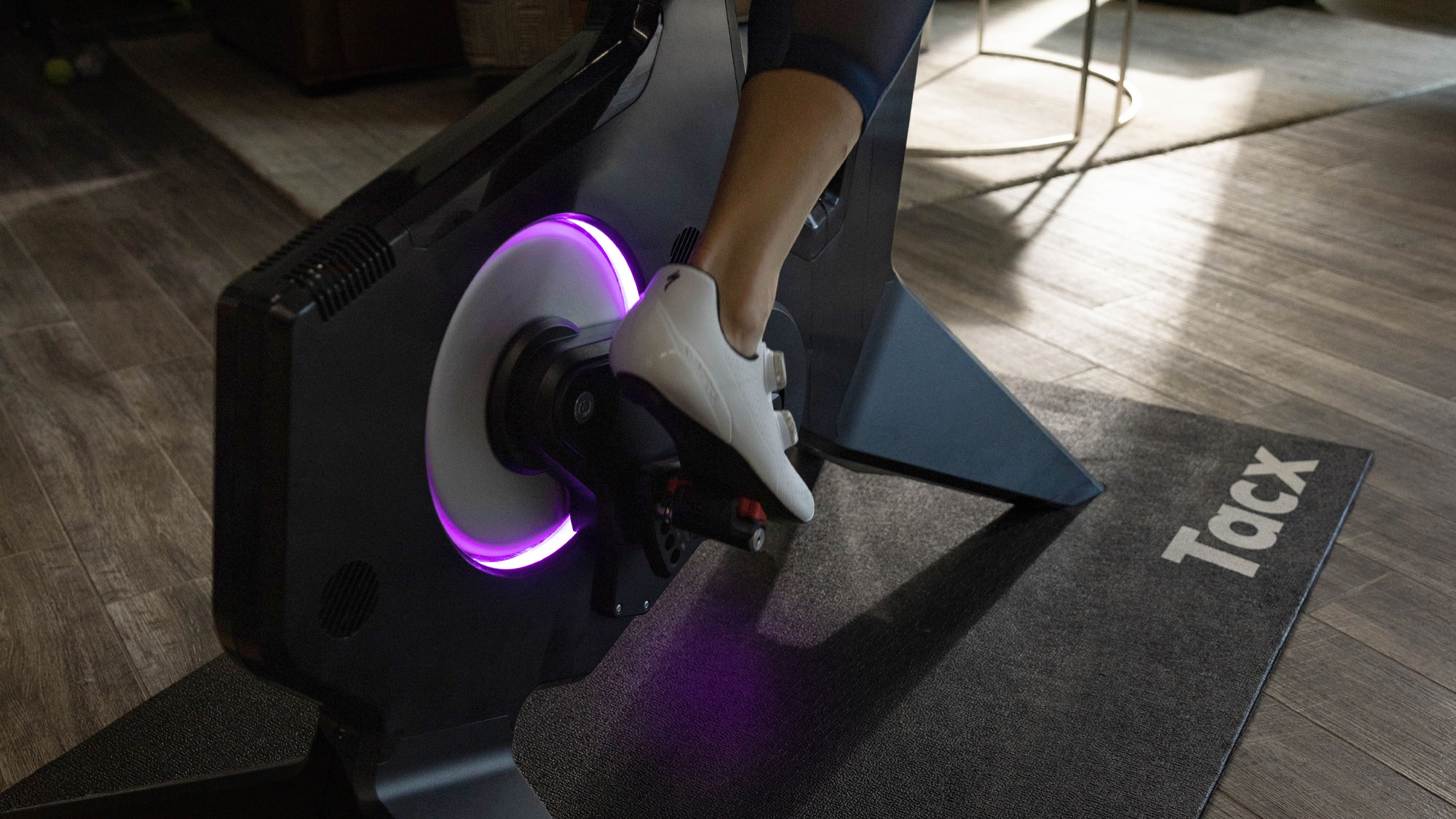
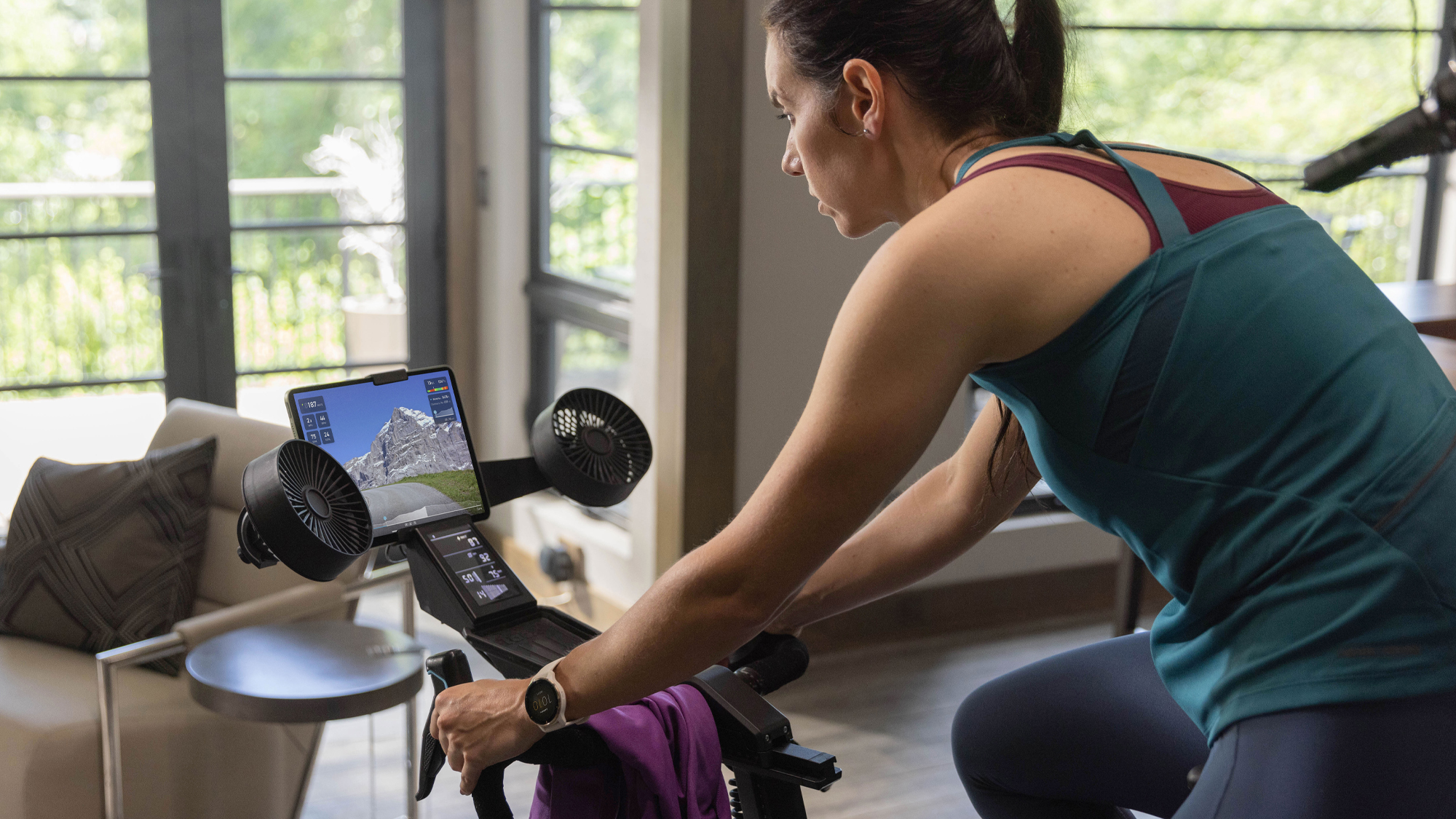
What is the Tacx Neo Bike Plus?
Where the Neo Bike Plus - and its predecessor the Neo Bike Smart - stands apart from competition like the Wahoo Kickr Bike and the Stages SB20 is primarily in the absence of a standard flywheel. Instead, you'll find a virtual flywheel which uses magnets and a motor to create the same effect, and that allows for some unique features. This is unchanged from the outgoing model, but it's an important distinction from the competition.
With a motor-driven flywheel, Tacx can actively speed up the flywheel to better mimic a descent, which makes for a more realistic feel as you ride downhill in a virtual world.
As before, it’s capable of a maximum resistance of 2200 watts and a simulated gradient of up to 25% but there are also ride-feel features. The unique flywheel design can do more than just provide resistance and by using the ability to instantly turn on and off resistance, Tacx can stutter the motor. When done in just the right way, it simulates different road surfaces, such as dirt or gravel. You can find these features on the Tacx Neo 2T smart trainer and in the previous version of the Tacx Neo Smart Bike too, but the trend continues with the Garmin Tacx Neo Smart Bike Plus.
The latest race content, interviews, features, reviews and expert buying guides, direct to your inbox!
Garmin is also an expert in power measurement on a bike. The Garmin Tacx Neo Smart Bike Plus offers power, speed and cadence measurements accurate to within 1%. Then the use of dual power meters allows for a deep analysis of your pedal stroke; by tracking the position of each leg, the bike can break down your pedalling technique to help you develop a more effective stroke. Again, this hasn't changed compared to the previous generation.
On the hardware side, the Neo Bike Plus also retains the cockpit configuration, which includes a pair of fans that sit on either side of a central tablet holder, above the small inbuilt display.
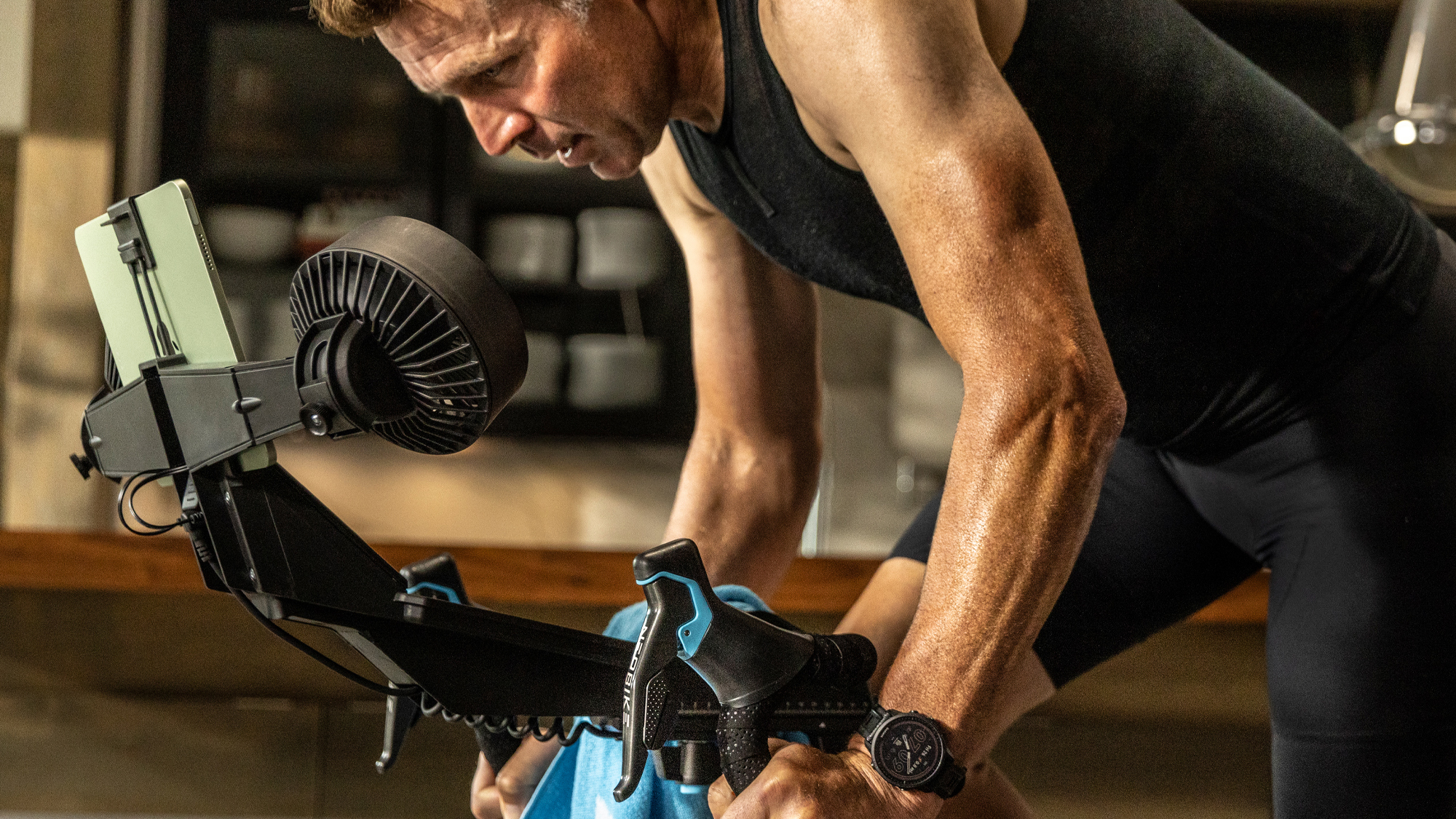

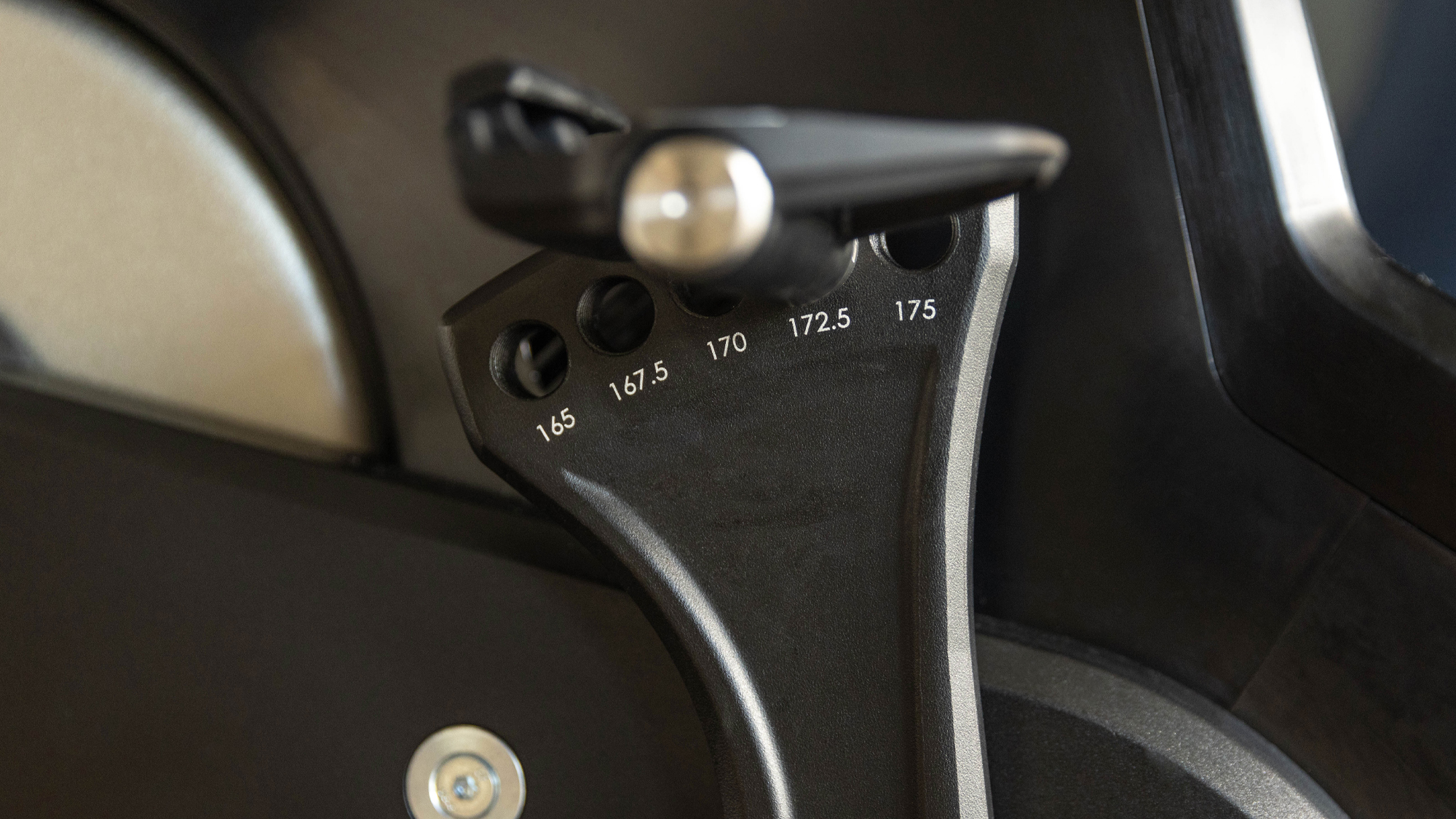
What’s new?
The place where you actually see some small changes is in the physical design of the bike. As mentioned, a smart bike does away with the need for a standard bike.
At the front of the Tacx Neo Bike Plus, there's an integrated display, fans, and a tablet holder. There's also a pair of shifters that mirror the design of an outdoor bike. Part of the magic of an indoor bike is that gearing is purely virtual, and as such, it can be configured to mimic Shimano, SRAM, or Campagnolo, with a choice of gear ratios. From the accompanying app, you can designate up to three front chainrings with between 22 and 53 teeth per chainring. At the rear, the virtual cassette can have up to 12 sprockets with between 11 and 40 teeth per sprocket. As you change these virtual gears, the same mechanism used for road feel will mimic the clunking feel of jumping into a different gear.
Not only are all the gearing and controls virtual, nothing says the actual design of the levers and buttons has to be the same as an outdoor bike. The previous Tacx smart bike used a much more radical shape, but this time, Tacx has come much closer to a traditional outdoor design. Judging from the pictures, those familiar with Shimano Di2 should feel right at home.
Likewise, the design of the entire bike needn't mimic that of an outdoor machine; there's no need to consider aerodynamics or weight, and there is an expectation of adjustability. With a weight of 50kg/110 lbs, smart bikes tend to stay in place and see use by multiple people. The easily adjustable seat position and handlebar stem get an updated measurement scale using millimetres for more precision. For crank length, swapping between 165, 167.5, 170, 172.5 and 175mm is a matter of screwing your pedals into a different mounting hole.
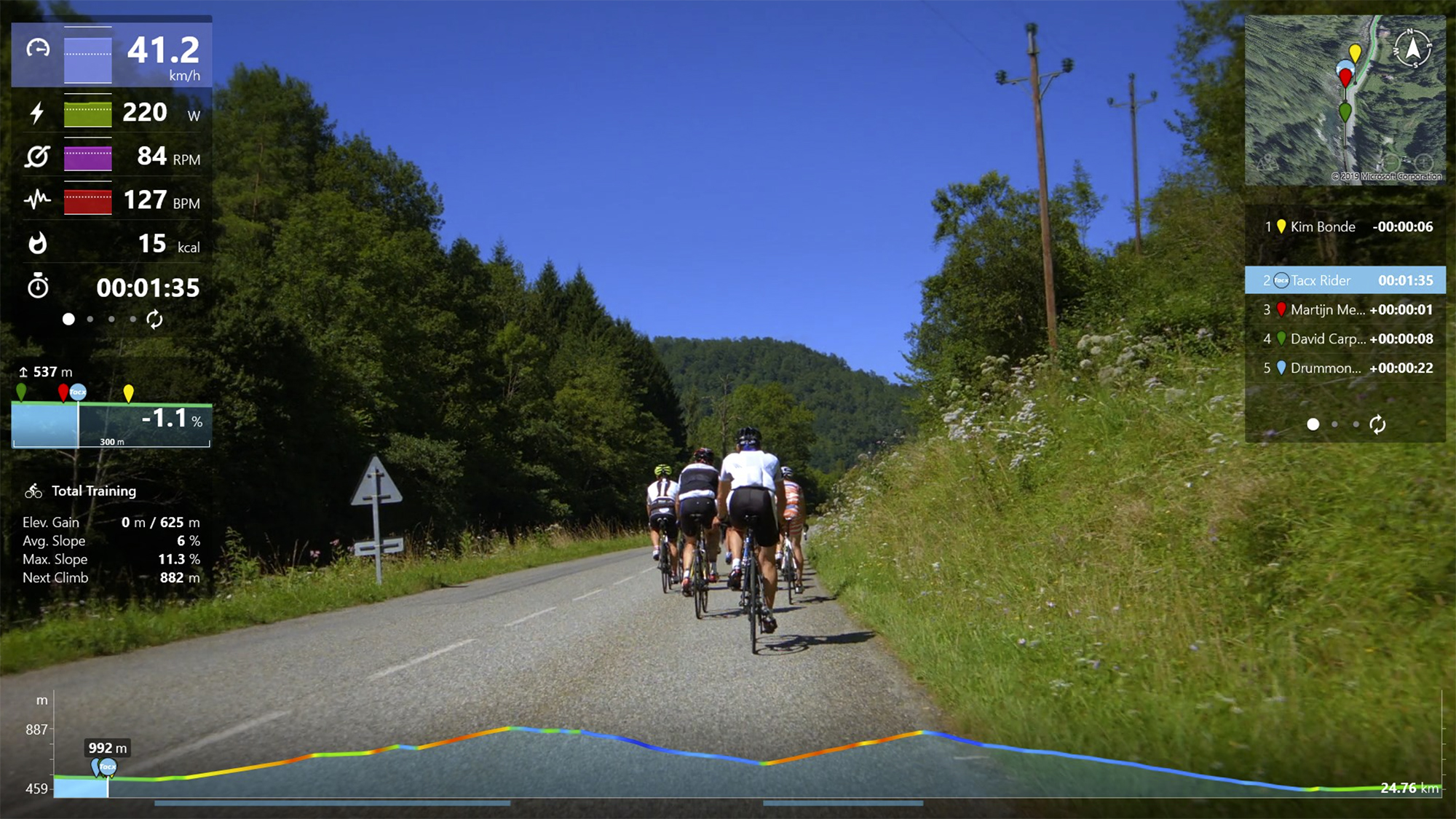
Connect with your chosen software platform
Like all smart bikes - excluding those from Peloton - the Garmin Tacx Neo Bike Plus remains open to your software platform of choice. Standard Bluetooth Smart and ANT+ connections allow use with TrainerRoad, Zwift, the Wahoo SYSTM app and more. Tacx is also continuing to build out its own training app though, in which there are currently more than 250 real-life videos to simulate riding famous courses across the world as well as structured training plans and live races.
If you'd prefer not to connect to software there are some options as well. Many of the best bike computers have ways of controlling a smart bike and Garmin head units will even allow for following outdoor routes. In standalone mode, no mains power is required, the Neo Bike Plus will simulate a flat road, and the faster you ride, the higher the resistance.
Price and availability
Available soon in select locations, the Tacx Neo Bike Plus has a suggested retail price of £3,499.99/$3,999.99. To learn more about the Tacx Neo Bike Plus, visit the Garmin website.
Tech Specs: Garmin Tacx Neo Bike Plus
- Max power: 2200 watts
- Accuracy: +/-1%
- Max grade: 25%
- Connectivity: BLUETOOTH Low Energy (LE), ANT+ technologies
- Compatibility: Apple, Android, Windows
- Unit Dimensions: (L x W x H): 54.7" x 29.5" x 46.1" (1390 x 750 x 1170 mm)
- Display: 4.5" integrated
- Weight: 110 lbs (50 kg)
- Q-Factor: 147mm
- Saddle Height (from BB centre): 25.2"-35.4" (640-900mm)
- Handlebar Stack Height (from BB centre): 21.7"-31.9" (550 -810 mm)
- Handlebar Reach (from saddle centre): 15.9"-33.3" (405-845mm)
- USB Ports: 2 USB type-A ports (charging only)
- Calibration: Not required
- crank Length: Choose among 5 crank lengths (165-175)
Josh hails from the Pacific Northwest of the United States but would prefer riding through the desert than the rain. He will happily talk for hours about the minutiae of cycling tech but also has an understanding that most people just want things to work. He is a road cyclist at heart and doesn't care much if those roads are paved, dirt, or digital. Although he rarely races, if you ask him to ride from sunrise to sunset the answer will be yes. Height: 5'9" Weight: 140 lb. Rides: Salsa Warbird, Cannondale CAAD9, Enve Melee, Look 795 Blade RS, Priority Continuum Onyx
